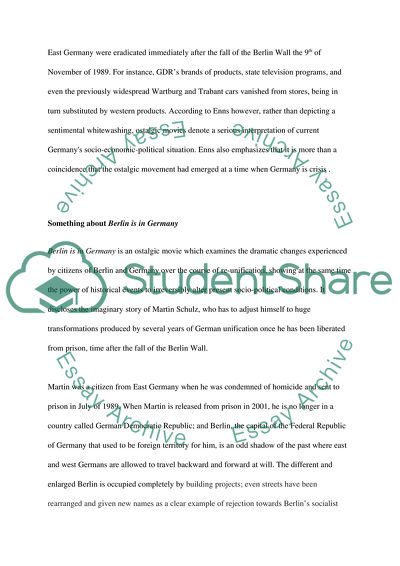Cite this document
(Berlin Is in Germany Movie and German Reunification Research Paper, n.d.)
Berlin Is in Germany Movie and German Reunification Research Paper. Retrieved from https://studentshare.org/history/1767886-german-reunification
Berlin Is in Germany Movie and German Reunification Research Paper. Retrieved from https://studentshare.org/history/1767886-german-reunification
(Berlin Is in Germany Movie and German Reunification Research Paper)
Berlin Is in Germany Movie and German Reunification Research Paper. https://studentshare.org/history/1767886-german-reunification.
Berlin Is in Germany Movie and German Reunification Research Paper. https://studentshare.org/history/1767886-german-reunification.
“Berlin Is in Germany Movie and German Reunification Research Paper”, n.d. https://studentshare.org/history/1767886-german-reunification.


